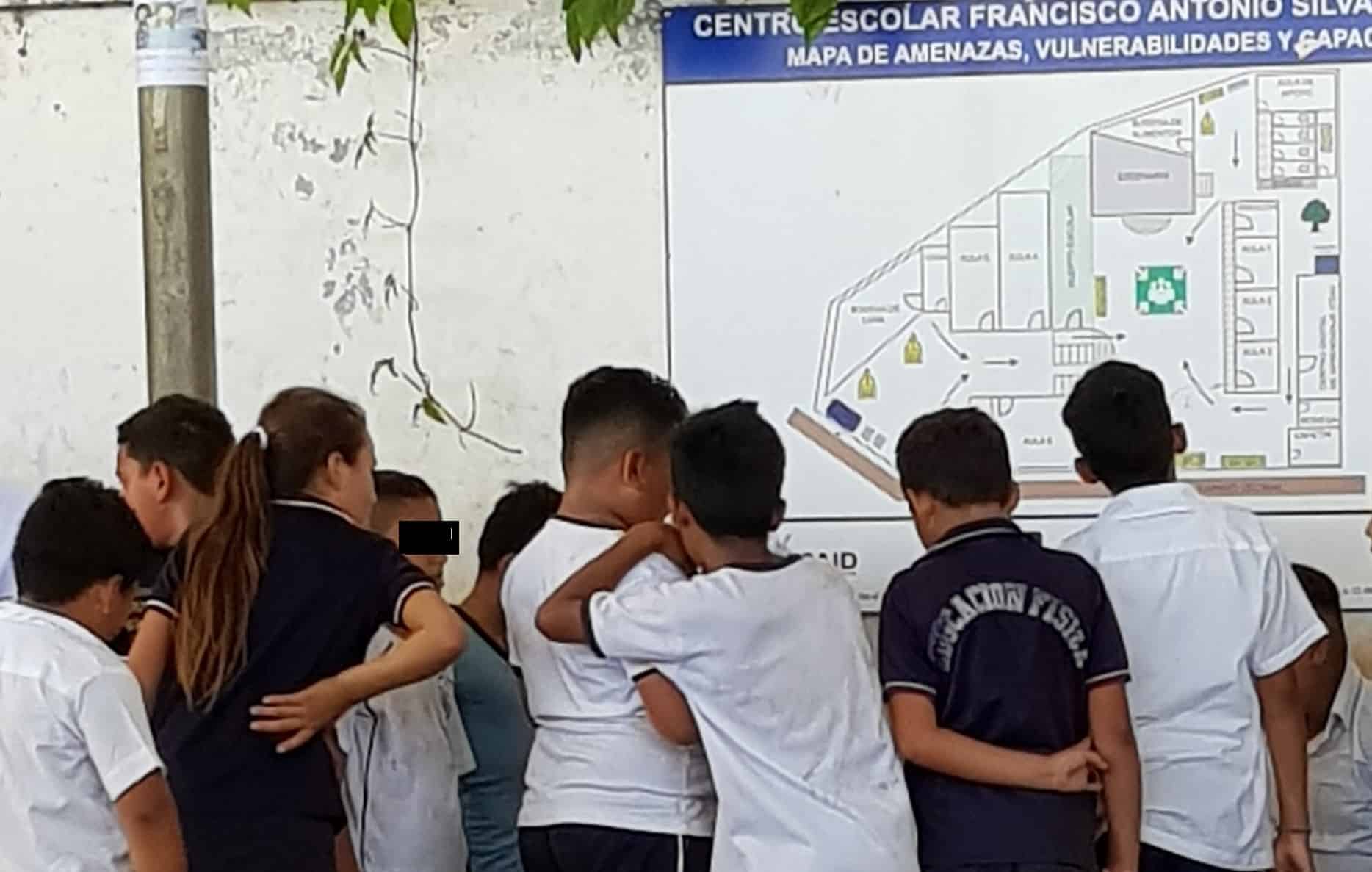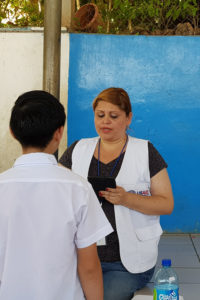
Survey Seeks to Find Solutions to Violence and Improve Services for Victims in El Salvador
To help El Salvador reduce and prevent violence, better serve victims of crime, and reduce impunity in high-risk communities, USAID and the U.S. Department of State Bureau of International Narcotics and Law Enforcement Affairs (INL) integrate justice sector interventions. To identify ways to increase the effectiveness of these synergies, ME&A is conducting a baseline survey for impact assessments of the USAID Place-Based Security (PBS) and Place-Based Justice (PBJ) strategies for El Salvador.
Dr. Randal Thompson, chief of party of the Monitoring, Evaluation, and Learning (MELI) initiative and key staff, recently visited Eastern El Salvador to supervise collection of data from beneficiaries of different USAID and INL interventions. The impact evaluations of PBS and PBJ are separate, but a single survey is being conducted to take advantage of overlaps and reduce costs.
PBS’s objective is to reduce and prevent primary and secondary violence through law enforcement interventions reaching communities and at-risk people in specific geographical areas. The PBJ focuses exclusively on justice sector activities aimed at better serving victims of crime, instituting better justice procedures and inter-institutional coordination, and reducing impunity in specific geographical locations.
 PBS survey questions are designed to answer the following:
PBS survey questions are designed to answer the following:
- How has USAID and INL effort mobilization (the territorial approach) influenced the key indicators?
- Did combined efforts (synergies) of USAID and INL projects have a greater impact in terms of achieving USAID and community development objectives rather than individual actions in the same geographical area?
- How should the Government of El Salvador and the U.S. Government design and better combine approaches to achieve greater positive impacts in the communities?
PBJ survey questions are designed to answer the following:
- To what extent does PBJ support the reduction of impunity in specific places?
- To what extent does PBJ improve access to justice for victims in specific geographic locations and among different types of beneficiaries?
- Are project modifications/adjustments necessary to achieve project objectives?
- Has the combination of prevention efforts (synergies) and interdiction activities led to a greater impact in terms of the PBJ objectives rather than independent implementation in the same geographical area?
The recent site visit took place in the municipalities of San Miguel and Cojutepeque, two of the 14 municipalities where data is being collection for the impact evaluations. The Salvadoran Foundation for Economic and Social Development (FUSADES) is conducting the data collection under the direction of ME&A and NORC.
USAID/El Salvador awarded ME&A the MELI task order in 2016 under the Policy, Planning and Learning-Learning, Evaluation and Research (PPL-LER) IDIQ Contract to provide evaluation, monitoring and assessment services for USAID Missions and Offices worldwide.


